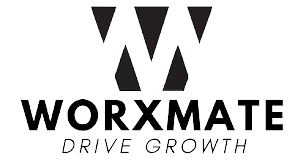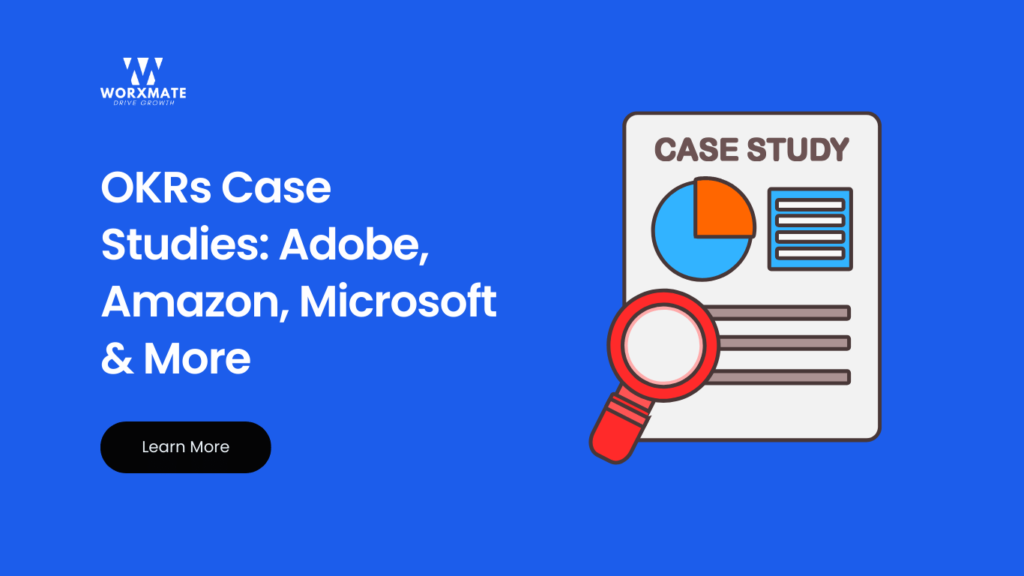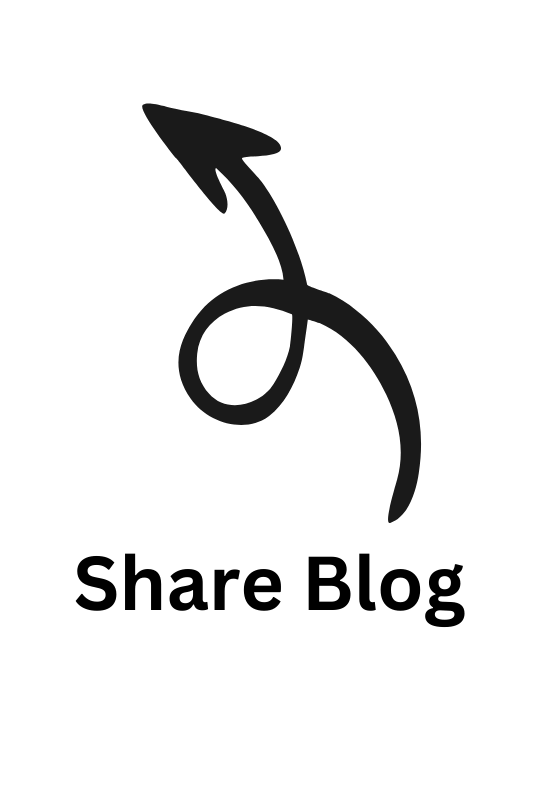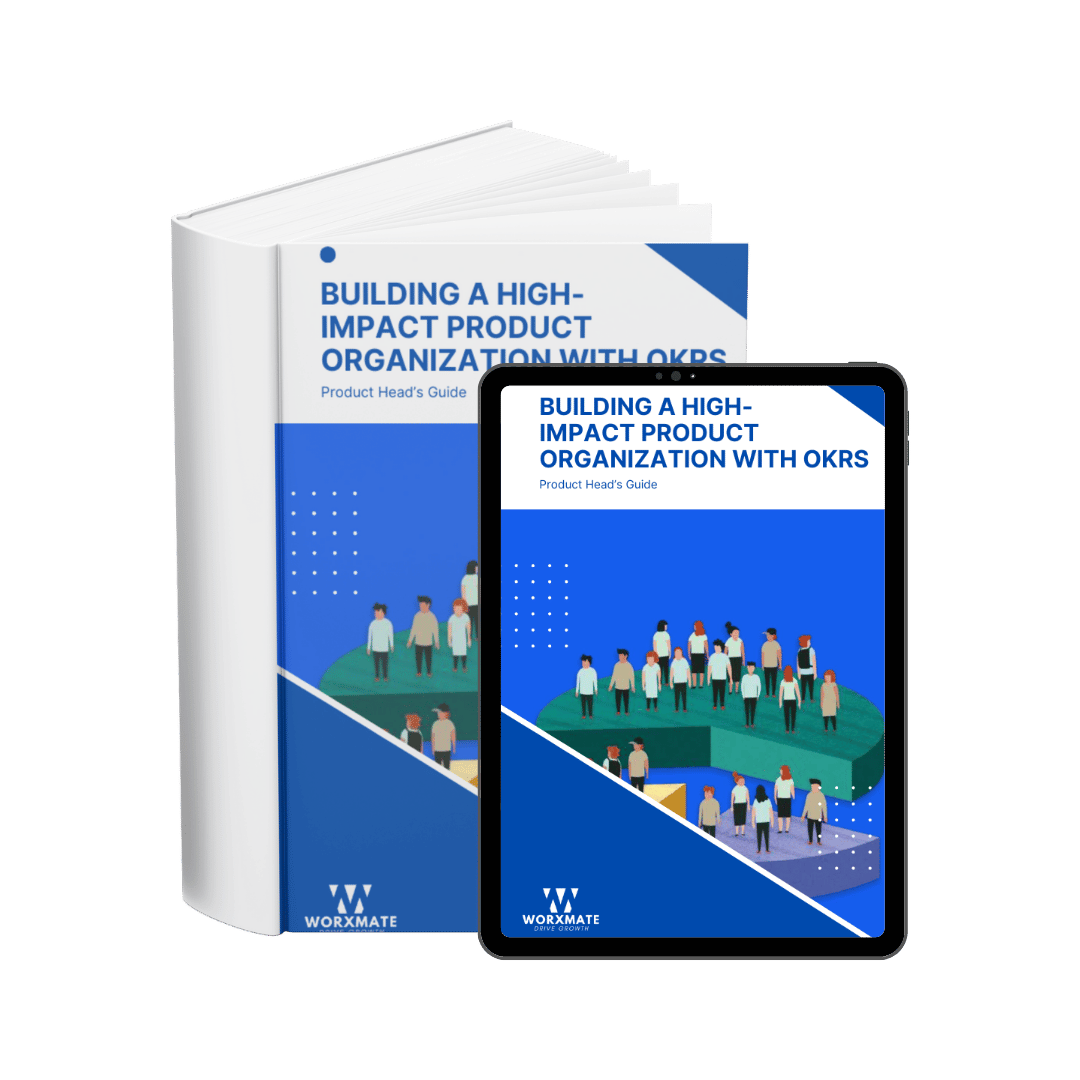OKRs (Objectives and Key Results) is one of those game-changers for businesses: to set clear, measurable goals and drive exceptional performance. This is because organizations can align teams, encourage innovation, and accelerate growth by defining ambitious objectives and tracking key results.
In this blog, we are going to explore OKR case studies from leading companies like Adobe, Amazon, Microsoft, and Google Chrome. Real-life examples will be used to show how OKRs are implemented across different industries to enhance employee development, improve customer satisfaction, boost user engagement, and drive technological advancements.
See how the most elite organizations put their vision into actions using OKR and the benefits you could have for your organization.
Enhancing Employee Development and Growth with Adobe
Adobe is a multinational computer software company renowned for its creative software products. One of Adobe’s key objectives is to enhance employee development and growth. To achieve this objective, they have established several key results.
KR 1: Increase Employee Participation In Training And Development Programs By 30%
Adobe aims to boost employee engagement in training initiatives by recognizing the importance of continuous learning and skill development. By setting a specific target of 30% increase, they provide a measurable benchmark for success.
KR 2: Conduct Quarterly Employee Feedback Sessions To Support Their Professional Growth
Feedback is a cornerstone of personal and professional development. Adobe ensures that every employee receives regular feedback to nurture their growth and performance.
KR 3: Implement A Mentorship Program With 80% Employee Participation
Mentorship programs foster knowledge sharing, skill development, and career advancement. Adobe’s objective of achieving 80% participation underscores its commitment to cultivating a supportive and collaborative work environment.
Through these key results, Adobe demonstrates its dedication to nurturing talent, fostering growth, and empowering employees to reach their full potential.
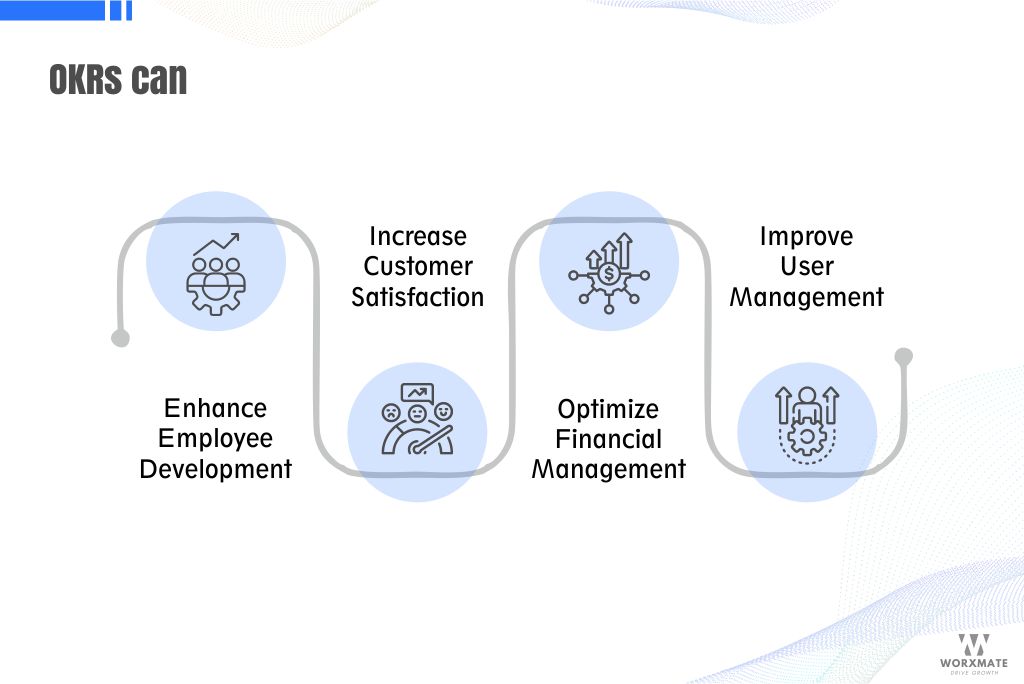
Increasing Customer Satisfaction with Amazon
Amazon is known for its keen focus on customer satisfaction. Amazon’s objective revolves around increasing customer satisfaction, with the following key results.
KR 1: Achieve A High Net Promoter Score (NPS)
NPS measures customer loyalty and satisfaction based on the likelihood of customers recommending a company’s products or services. Amazon strives to exceed customer expectations and build lasting relationships by aiming for a high NPS.
KR 2: Lower Customer Complaints by 20%
Addressing customer complaints promptly and effectively is crucial for maintaining trust and loyalty. Amazon sets a key result to reduce the number of complaints, signaling its commitment to resolving issues and improving the overall customer experience.
By focusing on these key results, Amazon reinforces its customer-centric approach and drives continuous improvement in its operations and services.
Improving User Engagement with Microsoft
Microsoft is a multinational technology company known for its software products and services. Microsoft’s objective revolves around improving user engagement, with the following key results.
KR 1: Increase Daily Active Users
Active user engagement is a key metric for assessing the popularity and utility of software platforms. Microsoft aims to increase its daily active users, indicating its focus on enhancing user experience and satisfaction.
KR 2: Increase Time Spent On The Platform
The amount of time users spend on a platform is indicative of its value and relevance. By increasing the time spent on its platform, Microsoft aims to deepen user engagement and drive greater usage and adoption of its products and services.
KR 3: Increase The Number Of Shares And Comments On Posts
Social interaction and collaboration are integral aspects of user engagement. Microsoft sets a key result to increase the number of shares and comments on posts, fostering a vibrant community and facilitating knowledge sharing and collaboration among users.
Through these key results, Microsoft reinforces its commitment to delivering products and services that resonate with users, drive engagement, and enrich their experiences.
Develop the Next-Generation Client Platform for Web Applications with Google Chrome
Google Chrome is a web browser developed by Google. It was first released in 2008 for Microsoft Windows, built with free software components from Apple WebKit and Mozilla Firefox.
KR 1: Have 20 million seven-day active users
The Chrome team at Google set this ambitious OKR, which took several quarters to achieve but ultimately led to Chrome capturing nearly 70% of the browser market, showcasing the long-term impact of dedicated OKR pursuit.
This illustrates the effectiveness of OKRs in setting ambitious goals, driving progress, and achieving remarkable results. Whether it’s aligning strategic goals, improving processes, or developing cutting-edge technologies, OKRs provide a powerful framework for organizations to pursue excellence and thrive in today’s dynamic business landscape.
Conclusion
Real-world OKR examples from companies such as Adobe, Amazon, Atlassian, Dell, and Microsoft highlight the versatility and effectiveness of OKRs in driving performance and achieving strategic objectives across diverse industries.
Whether it’s enhancing employee development, improving customer satisfaction, fostering innovation, optimizing financial management, or enhancing user engagement.
OKRs provide a structured framework for setting ambitious goals, tracking progress, and driving results.
By adopting OKRs, organizations can unlock their full potential, align their efforts toward common objectives, and propel themselves toward success in today’s competitive business landscape.
Take the next step towards unlocking your organization’s full potential by exploring Worxmate’s OKR Software today. Book a demo with us to learn more about how Worxmate can revolutionize your approach to goal-setting and propel your business toward success!
